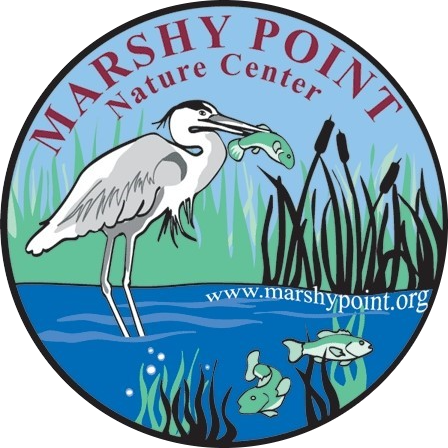I was going to begin with writing about how anyone on a trip to a park, nature center, or natural area would encounter invasive plants. Then I realized that encounters with invasive plant species could be assured on any trip into the outdoors.
In the end, however, I remembered that many of us keep invasive or potentially invasive plants in our houses, so I chose the following introduction to this topic: invasive plants are all around us.
Someone once said “A weed is just a plant growing where someone doesn’t want it.” This is especially true considering the history and origins of a number of invasive plant species:
- many were introduced deliberately,
- some were encouraged by conservation and land management agencies, and
- a few continue to be promoted despite countless examples of their detrimental environmental impact (past and present).
A visit to Marshy Point (and almost any other park) guarantees an encounter with many members of the floral “least wanted” list. This list includes, but is not limited to: multiflora rose, garlic mustard, aurelia elata, tree of heaven, phragmites, Japanese barberry, autumn olive, small carpgrass, wavyleaf basketgrass, Japanese stiltgrass, Japanese knotweed, Eurasian water milfoil, hydrilla, Canada thistle, Japanese honeysuckle, oriental bittersweet, johnsongrass, Japanese silvergrass, mile a minute, princess tree, Russian olive, and bamboo.
Among this laundry list, many are species introduced from parts of Asia that sit at a similar latitude to the Eastern United States and therefore have a similar climate. Others are deliberate introductions or escaped ornamentals (such as multiflora rose, Russian olive, Japanese barberry, Japanese silvergrass, princess tree, bamboo, and autumn olive).
Another famous example that hasn’t quite made it to this part of Maryland is kudzu, sometimes known as “the vine that ate the south.”
When thinking about how invasive species arrive and thrive due to global trade and travel, people might rightly conclude that they should be more cautious and observant. We need to think about what we are encouraging in our environment today that future generations will see, in hindsight, had a negative impact on our native vegetation and local wildlife.

